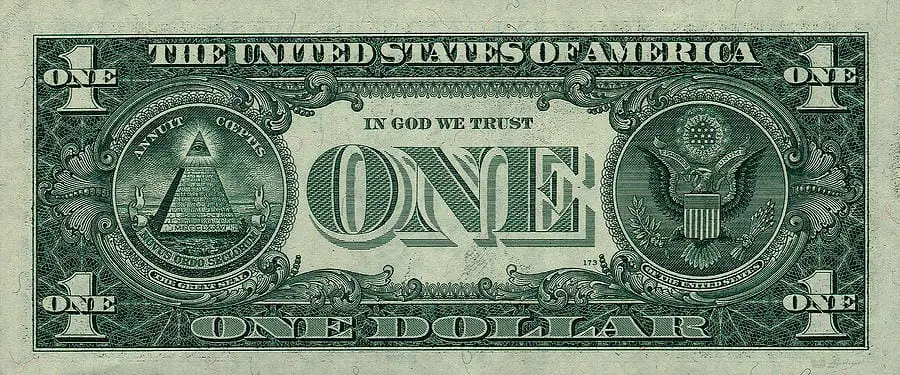What does Annuit Coeptis mean on the one-dollar bill?
Today, 26th October 2024, I plan to undertake a comprehensive exploration of the one-dollar bill in the United States. This seemingly simple piece of currency is imbued with a profound historical weight and rich symbolic meaning that has sparked curiosity and debate for generations.
One of the bill's most striking features is its Latin inscription, "Annuit Coeptis," which translates to "He favors our undertakings." This phrase has ignited significant interest across various disciplines, including history, theology, and even popular culture.
A central question arises from this slogan: Who exactly does the enigmatic "He" represent? This curiosity has drawn the attention of historians, theologians, and scholars alike, each presenting different interpretations shaped by their respective fields.

One controversial interpretation suggests that "He" refers to Lucifer, commonly identified in Christian scriptures as the morning star. Proponents of this view argue for a hidden, darker influence behind the creation of American currency. However, this interpretation is a minority opinion and lacks substantial scholarly support.
Most historians of American history firmly reject this perspective, arguing that it misrepresents the rich historical context within which the nation was founded. The origins of the United States are steeped in ideals of freedom, democracy, and a belief in divine guidance—not in associations with rebellion or deception typically linked to Luciferian concepts.
A thorough examination of the historical backdrop provides compelling evidence that contradicts the association with Lucifer. Instead, a more widely accepted interpretation suggests that the phrase "Annuit Coeptis" is intended to signify YHWH, the God of the Bible.
This interpretation gains strength from the various visual elements presented on the one-dollar bill itself. Notably, the imagery on the right side of the bill depicts the Holy Spirit, a crucial figure in Christian theology that symbolizes divine guidance and inspiration for human endeavors. This visual representation supports the idea that the founders sought to convey a message of divine favor.
In stark contrast, depictions of Lucifer typically evoke themes of deception, temptation, and rebellion. Imagery associated with Lucifer often includes dragons or serpents—creatures that symbolize chaos and discord. This distinctive difference in symbolism underscores the argument that the "He" referenced in "Annuit Coeptis" points toward a benevolent divine figure rather than a malevolent one.
When we analyze the phrase "Annuit Coeptis" in its broader context, it becomes increasingly evident that the framers of the nation intended to communicate a powerful vision: that the United States is governed under the auspices of divine approval and guidance.
This notion posits that the actions and initiatives undertaken by the U.S. government are not merely the result of human endeavor but are believed to be favored and supported by a higher power. This principle reinforces a fundamental aspect of the nation’s identity, asserting that America operates under a divine influence that shapes its path.
In summary, the interpretation linking "Annuit Coeptis" to Lucifer is fundamentally flawed and lacks grounding in historical evidence. Rather, the slogan serves as a declaration of the United States’ alignment with the principles of a nation guided by God. It fortifies the prevailing belief that divine favor underpins the ambitions and pursuits of both the government and its citizens, thereby anchoring the nation’s identity in a profound connection to the divine. By understanding these layers of meaning, we can appreciate the complexities surrounding the one-dollar bill and its emblematic role in the narrative of American history.
Thank You for taking the time to read this.